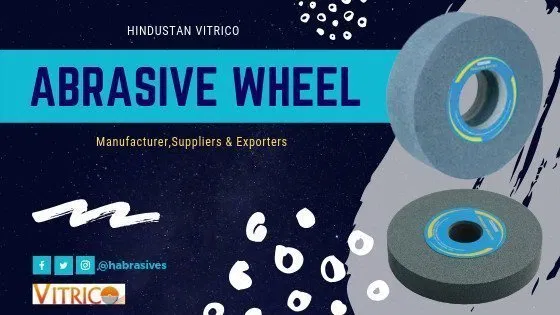In the world of industrial manufacturing and metalworking, few tools are as essential and versatile as the Abrasive grinding wheel. These wheels are used across a wide range of industries for cutting, grinding, smoothing, and finishing surfaces with unmatched precision. From heavy-duty construction sites to delicate tool sharpening in workshops, abrasive wheels play a crucial role in ensuring quality and accuracy.
In this blog, we'll dive deep into what abrasive grinding wheels are, how they work, their types, applications, and tips for choosing the right one for your project.
What is an Abrasive Grinding Wheel?
An abrasive grinding wheel is a cutting tool made up of abrasive grains bonded together. These grains are what actually perform the cutting or grinding action when the wheel spins at high speeds. Unlike traditional cutting tools that have a single cutting edge, grinding wheels have thousands of tiny cutting edges formed by the abrasive grains.
The primary function of a grinding wheel is to remove material from a workpiece. This is achieved by the sharp edges of the abrasive grains acting like tiny cutting tools. As the wheel rotates, these grains chip away at the surface of the workpiece, leaving behind a smooth or shaped surface.
Components of an Abrasive Grinding Wheel
An abrasive grinding wheel is made up of four main components:
-
Abrasive Grains – These are the cutting tools. Common materials include aluminum oxide, silicon carbide, ceramic, and diamond.
-
Bond – This holds the abrasive grains together. Bonds can be vitrified (glass-like), resin, rubber, or metal.
-
Pores – Spaces between abrasive grains that allow for coolant flow and removal of swarf (debris).
-
Reinforcement Material – Some wheels have a layer of fiberglass for added strength and safety, especially for high-speed operations.
